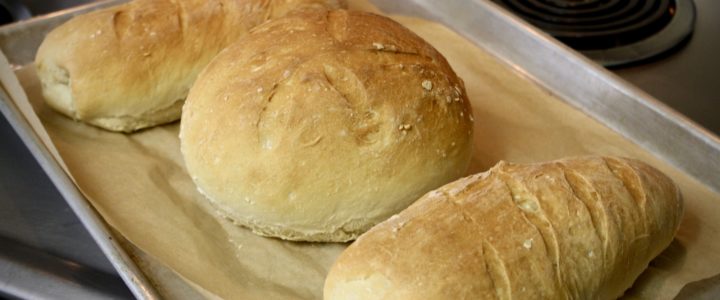Trying to put some new posts out there for you–here’s 1-6: Surprise Sandwich Loaf, which was made with a loaf baked from the dough I used for 20-12: Basic Rolls. I made this to break up into portions and take to work with me for lunch one week. It was delicious when first made, but with most things lost its appeal as the week went on.

I love toasted sandwiches. One of my high school jobs was at a Quizno’s, at which I came up with personal sandwich masterpieces which would be impossible to recreate had I been nothing but a customer. However, while I appreciate the efficiency of an entire toasted sandwich loaf, this particular execution leaves something to be desired.
Read more





